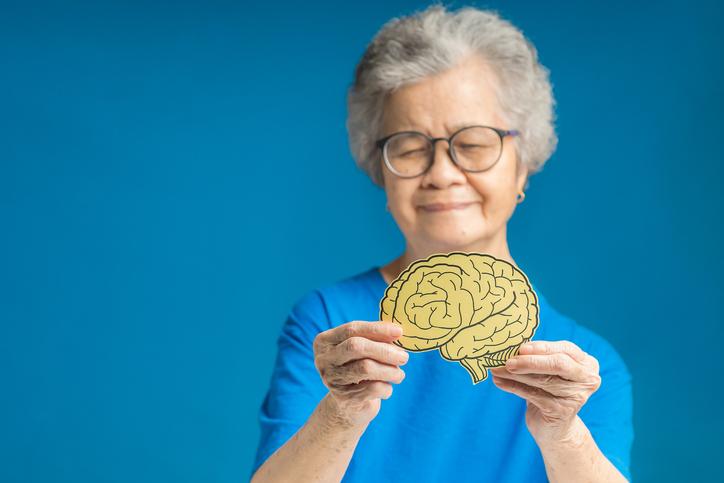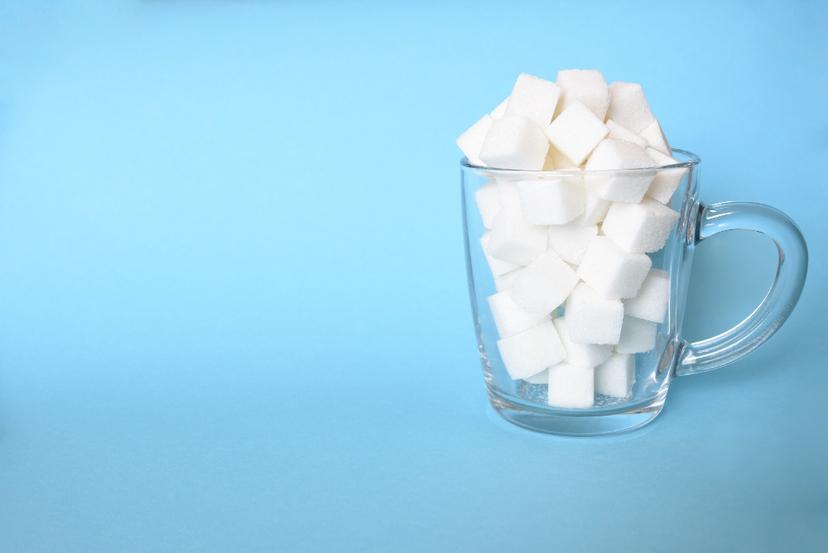30 мая 2025
Side Effects: What You Need to Know When Taking Statins


30 мая 2025
Side Effects: What You Need to Know When Taking Statins
## Why are statins taken?
The most common reason for taking statins is the presence of atherosclerotic plaque, which is a pathological formation in the blood vessels that interferes with normal blood flow. When blood pressure rises or there is a vascular spasm, plaque can rupture and block the lumen of the vessel, leading to a heart attack or stroke.
Statins lower cholesterol levels, which contribute to plaque formation, by blocking the enzyme needed by the liver to produce it.
## Side effects
Side effects from taking statins are pretty common—according to various sources, they occur in 5% to 20% of patients. The most common ones are:
- Muscle pain
- Liver damage
- Darkening (sometimes blue color) of urine
- Risk of developing type 2 [diabetes](https://ul.orna.me/KOge/librarydisease?id=43)
- Neurological problems, such as confusion
People who take several cholesterol-lowering drugs, very high doses of statins, or drugs that interact with statins are at higher risk of these side effects. In addition, patients over 80 years of age, those who abuse alcohol, or suffer from kidney disease, liver disease, hypothyroidism, or neuromuscular diseases are at risk.
> Statins should not be taken with citrus fruits, especially grapefruit and juice. They block enzymes in the liver (CYP3F), which increases the concentration of statins in the blood and increases the risk of muscle tissue cell destruction.
## Guidelines for taking statins
First, let's talk about what you shouldn't do. If you are on a statin, don't stop taking it without talking to your doctor. If you notice any side effects or discomfort, you should immediately talk to your doctor. Your doctor might suggest:
- Take a short break from the medication to determine what's causing the muscle pain.
- Switching to another statin, changing the dose, or taking the medication every other day.
- Trying other cholesterol-lowering medications. Sometimes, a combination of cholesterol-lowering medicines can work well at lower doses of statins.
- Start taking supplements with coenzyme Q10, which helps prevent side effects.
## Under supervision
To understand how statins affect your health, you should have tests done 1.5–2 months after starting treatment. First, your lipid status‒the levels of various fractions of cholesterol and triglycerides in your blood‒is determined. Since statins can cause muscle damage, the following indicators should also be checked.
- Liver enzymes (ALT, AST): Statins cause an increase in their levels, which signals inflammation.
- ALT: These enzymes are markers of cell damage.
- Myoglobin: High protein concentrations indicate heart problems and a risk of heart attack.
- Total creatine phosphokinase: An intracellular enzyme that is an early marker of myocardial infarction.
- Creatinine: Elevated levels indicate kidney problems or muscle tissue breakdown.
- Glucose: The risk of developing diabetes while taking statins is high in people who are predisposed to this disease and those who have severe metabolic syndrome.
- Coenzyme Q10 level: when taking statins, its level can decrease significantly.
> Coenzyme Q10 improves blood circulation and reduces the risk of developing cardiovascular diseases such as coronary heart disease, hypertension, and arrhythmia. This substance helps the body produce the energy needed for the heart, brain, and muscles to function, as well as neutralizes free radicals and slows down the aging process.
Normal coenzyme Q10 levels in the blood range from 0.39 to 1.59 mg/L.
Regardless of test results, when taking statins, you must monitor your well-being and immediately inform your doctor if you experience pain in the upper right abdomen, loss of appetite, excessive fatigue, weakness, darkening of urine, or yellowing of the skin or eyes.













